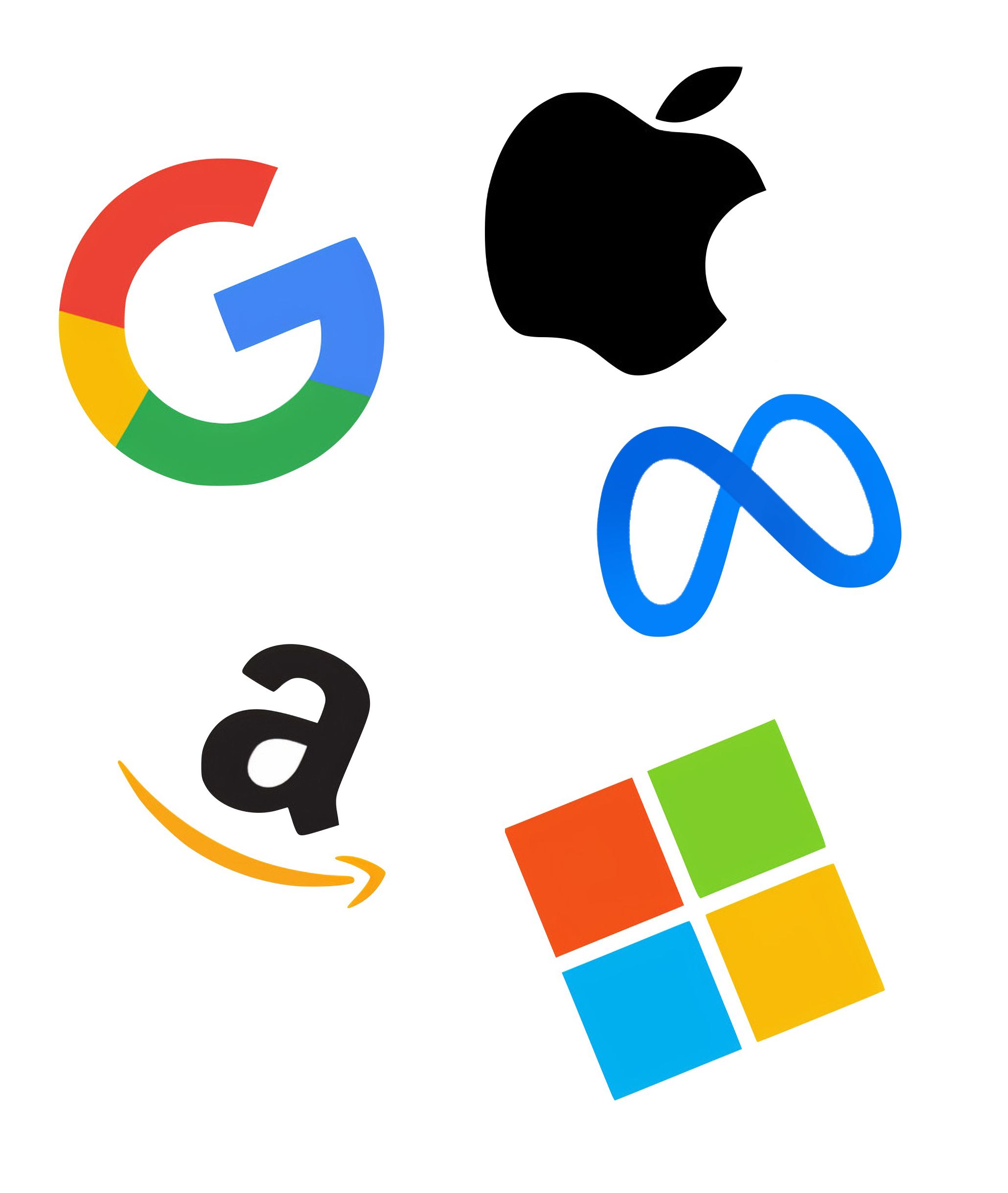
Let us honor and safeguard our name, our logo, and our slogan—the very image that embodies the essence of our business.
This is the very first and most fundamental matter when stepping into business. Because if we ourselves do not invest in and refine our own identity—our representative image—then amid today’s indifference and the overwhelming flood of information, why should customers remember or respect us? More than that, a name, a logo, a slogan often carry within them our passion, our direction, and our business philosophy. And if we lack the expertise and professionalism to craft them ourselves, hiring consultants and designers for this brand identity could easily cost tens or even hundreds of thousands of dollars. Why? Because in truth, its value in business is immeasurable.
Consistency and perseverance are the fastest and most direct path to defining and elevating your identity.
Imagine this: you pour billions into advertising, yet customers still struggle to recall your brand. Lack of creativity in communication may be one reason—but at its core, the issue is inconsistency. Your message feels unclear, your name, logo, or slogan is difficult to remember or even causes confusion. Now, imagine the opposite. Your name, logo, and slogan are striking yet simple, clear, and memorable. Your communication and advertising are unified and creative. Every time a customer sees you, they are imprinted with a single, consistent message. How much cost would that save you? How much greater would your impact be? The truth is, the return is immeasurable when considered over the entire lifespan of your business and brand. This is precisely why your name, your logo, and your slogan carry such profound significance.

Do not let the relentless current sweep away the creative value of your content.
Don’t pour all your energy into crafting brilliant, impressive content only to publish it in full across social media. Yes, in the moment you might gain a surge of views, likes, and comments… but soon it will be swept away, buried under fresher, louder, or trendier content. And most of all, it will be pushed further into the past — fading into obscurity with time.
Share links, share trailers, share compelling short descriptions that guide people back to the original content on your own website. This not only elevates your site’s ranking and recognition with search engines and AI, but also builds lasting authority, ensuring your work gets recommended to future users. Most importantly, it becomes your own digital asset. And the more websites you own, the more high-quality content you create — the stronger your foundation for growing your business and generating real revenue.

Content creation is not about opening ChatGPT and asking it to write something for you.
Many people — including countless business leaders — hold a simplistic belief: whenever they need something, they just ask ChatGPT. The same goes for content: “Why not let ChatGPT write it?” Yes, ChatGPT and other AI tools can certainly deliver what we ask for. But if everything is reduced to simply outsourcing tasks to AI, what are we left with? Have you noticed how much content looks accurate, polished, even scientific — yet feels utterly soulless? Have you ever asked yourself: if AI can do everything, then what role do we play? And more importantly, if AI truly could generate endless “automatic global wealth,” why would its creators choose instead to sell subscriptions — charging us every month to use it — rather than using AI to make limitless money themselves?
Don’t work for AI — make AI work for you, on your terms. Always enter AI tools with a plan: clear direction, a strategy, and an outline of the ideas you want to express — that outline is your voice, your message, before you ask AI to assist, expand, or translate. If the AI’s output doesn’t match your intent, make it redo the work — or discard it. Use AI as a collaborator to build models, solutions, businesses, and content that reflect your unique approach.

Content is the compass — it directs, guides, and draws customers toward us.
The boundary between “shaping truth or distorting it” in business communication is a sensitive and complex issue. What happens when an expert advises us to buy or use a certain product — yet that very “expert” is being hired, sponsored, and paid by the company selling it? How many of those so-called experts, how many awards, how many glowing ads and promotions truly reflect reality? We won’t attempt to solve this here. Instead, let’s simply acknowledge a shared truth: every customer, every market, every industry is being shaped, positioned, and persuaded through content — in one form or another.
Be deeply aware of the nature of this problem — and take a hard look at your own buying behavior. Aren’t we often buying because we were guided by someone’s messaging? Even when family, trusted voices, experts, the press, or awards prompt us to purchase, that’s content steering our choices. The more conscious and clear we become about this, the better we’ll be at drawing our own strategic content map — one that guides customers to us on our terms.

Let customers encounter more and more of our content — consistently, meaningfully, and everywhere they turn.
How can we ensure customers engage with our content more and more — while keeping costs to a minimum? This is one of the biggest questions in modern business and communication. If we truly understand technology, media, and online advertising, we can design a sharp strategy and a detailed plan to run highly targeted campaigns — reaching customers wherever they may be. And then, by applying remarketing and persistent follow-up strategies, we strengthen our presence and remain top of mind.
The real challenge is this: with the smallest advertising spend, how can we achieve the greatest customer exposure? That’s the ultimate ambition — and it demands a deep mastery of technology. In practice, it means one simple thing: give customers exactly what they want to see, but on our own websites and platforms. When we consistently meet their needs and deliver real value, we don’t just reach customers — we keep them.

Customers may take many different paths — but in the end, every road is guided back to us.
Whether customers are reading the news, watching movies, listening to music, or enjoying entertainment clips — they still encounter recommendations for our solutions and services. When they consult experts or search for reviews of a specific product or service, our offering is reinforced again. Even when they turn to trusted friends, family, or professionals, those voices also point them toward us. And once they buy and experience our service, customers themselves become ambassadors — credible sources of influence for the next wave of hesitant, undecided prospects.
A clear content strategy that covers every stage of the customer journey — from having no need, to curiosity, to research, to consultation, to purchase, and finally to trust and advocacy — is the very foundation of successful marketing. So ask yourself: without a strong content strategy, how much of your advertising budget will be wasted? And on what basis can you be certain that sales will come — or that your business will grow sustainably?

Creativity knows no limits — unleash it to craft thousands upon thousands of powerful, memorable pieces of content.
Marketing creativity is not about creating without roots or foundation. It’s not about endlessly chasing “inspiration” and then feeling stuck when inspiration doesn’t come. Creativity based solely on inspiration is the amateur’s approach to marketing — it leads to pressure, frustration, and the sense that producing a few articles or PR pieces each day is an impossible burden.
True marketing creativity begins with the customer — their needs, preferences, and the growth direction of the business. These are the real “prompts,” the clear compass for creativity. With broad vision and disciplined, scientific thinking, we can define content themes for every segment, every industry, every audience, every age group. From there, we can expand into detailed strategies, generating hundreds or even thousands of major content topics. Each of those can then be broken down into key ideas and foundational messages. And with the support of AI, we can diversify, replicate, translate, and scale across languages. The truth is clear: marketing creativity has no limits — but it absolutely has a method.






